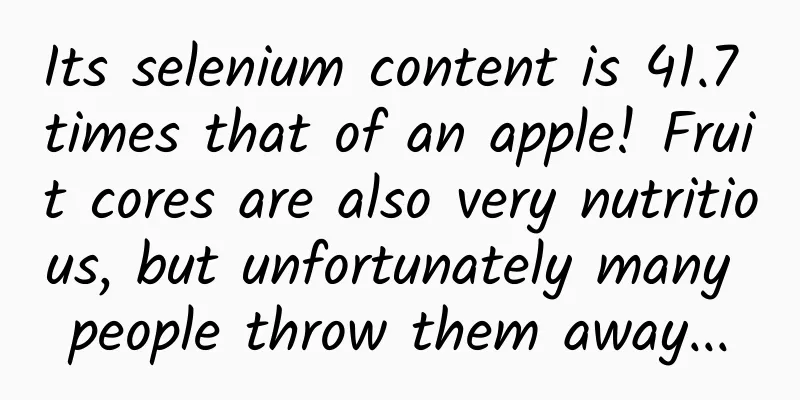What does lochia mean?

|
Many female friends who have never given birth do not understand what lochia is. Lochia is the discharge of blood stasis and mucus. After giving birth, there is actually some membrane tissue in the uterus that has not been discharged. It will be slowly discharged later. This is called lochia, and it usually lasts for twenty days. Postpartum lochia refers to the blood and mucus discharged from a woman's vagina after giving birth. After giving birth, with the shedding of the uterine decidua, especially the decidua at the placental attachment site, tissues containing blood, necrotic decidua and other tissues are discharged through the vagina, which is called postpartum lochia. Generally speaking, women with good metabolic function and good physical fitness can completely eliminate lochia within three weeks after delivery. If the lochia continues for more than three weeks, it is called: lochia continues (also known as lochia that never stops, lochia is not clean, lochia that does not stop, postpartum lochia that does not stop, postpartum lochia that does not stop). In the TCM classic “The Heart of Pregnancy and Childbirth” it is mentioned: “Due to the damage to menstrual blood during delivery, the woman is weak and insufficient, unable to collect blood, or the bad blood is not completely eliminated, then the good blood will be difficult to calm down, and will flow out together and will not stop for a long time.” Therefore, the continued lochia is often related to “weakness” or “blood stasis”. Symptom Type Red lochia In the first week after delivery, the amount of lochia is large and bright red. It contains a large amount of blood, small blood clots and necrotic decidual tissue, which is called red lochia. Bloody lochia lasts for three to four days, the amount of uterine bleeding gradually decreases, the serous fluid increases, and it turns into serous lochia. Lochia serousa After one week to half a month, the amount of blood in the lochia decreases, and there are more necrotic decidua, cervical mucus, vaginal secretions and bacteria, which makes the lochia turn into light red serous fluid. The lochia at this time is called serous lochia. Serous lochia lasts for about ten days, the serous fluid gradually decreases, the white blood cells increase, and the lochia turns into white lochia. White lochia After half a month to three weeks, the lochia no longer contains blood, but contains a large number of white blood cells, degenerated decidua, epidermal cells and bacteria, making the lochia viscous and white in color, so it is called white lochia. The white lochia lasted for three weeks without any bleeding. |
<<: What are the tips for treating dampness in the body in daily life?
>>: Is yellow lochia normal after childbirth?
Recommend
Treatment of mastitis, treatment of mastitis during lactation
Many women develop mastitis during breastfeeding,...
What are the good ways to treat neonatal eczema? Can neonatal eczema be cured?
We all know that babies are weak and have poor re...
What should we pay attention to in gynecological inflammation?
Gynecological inflammation is the most common dis...
Can luncheon meat be eaten directly? How to make sandwiches with luncheon meat
The main nutrients of luncheon meat are protein, ...
How do women wear underwear?
How should women choose underwear? If the underwe...
What should women pay attention to in terms of maintenance?
When we are young, we may not pay so much attenti...
Can simple endometrial hyperplasia be cured?
Simple endometrial hyperplasia can be cured. Once...
Don’t despair in the late stage of lung cancer, as more and more anti-cancer “weapons” are available
...
Try Sanhong Tang for Iron Deficiency Anemia
Iron deficiency anemia (IDA) is anemia caused by ...
What foods can women use to supplement estrogen?
If the estrogen in the body is unbalanced, endocr...
The more "good-looking" these 6 body parts are, the more likely they are to have problems!!!
Source: Dr. Curious...
How to quickly relieve discomfort in pregnant women
Many pregnant women will have many early pregnanc...
If you want to control gout, you'd better avoid these 8 foods
This article was reviewed by Zhu Hongjian, Chief ...
What should girls eat when they are weak?
Due to the special physical condition of girls, i...









